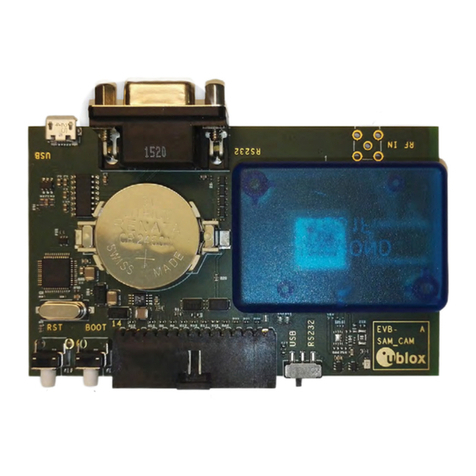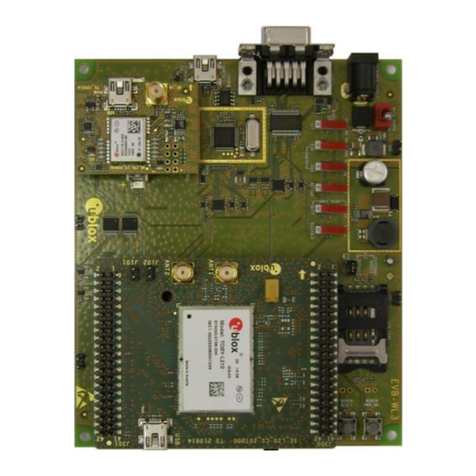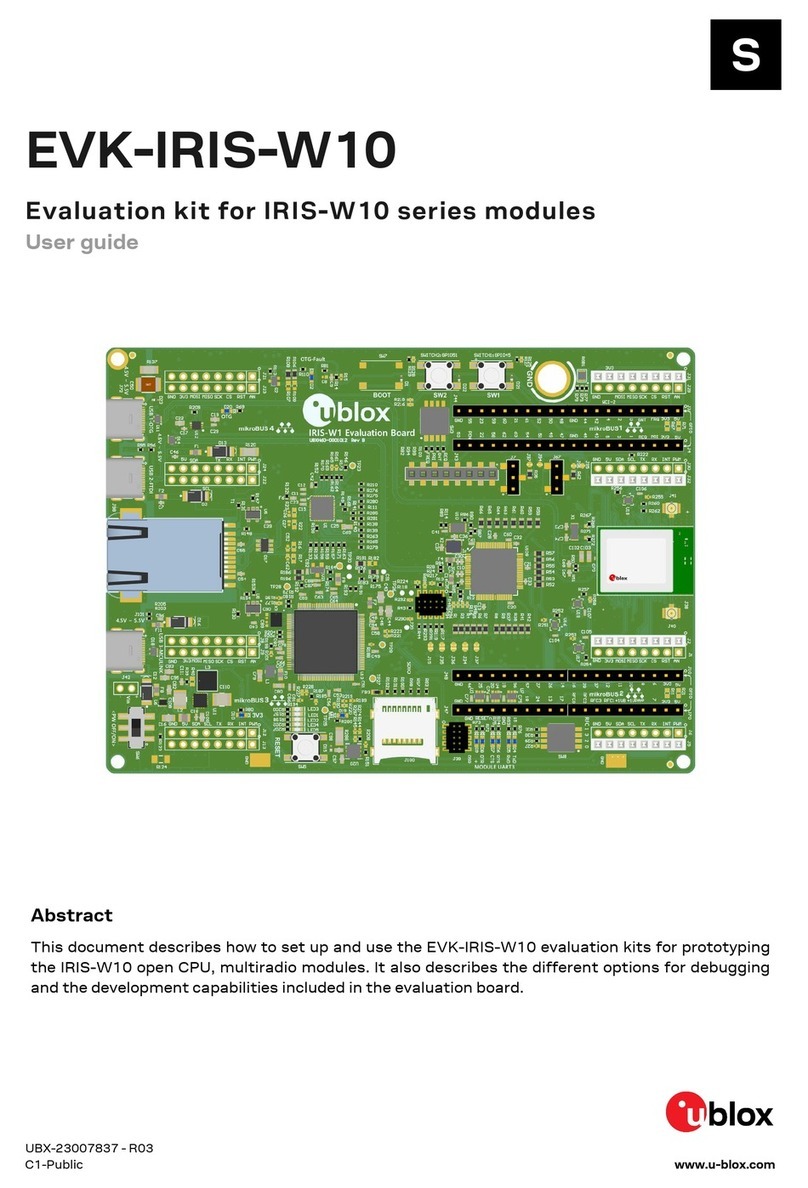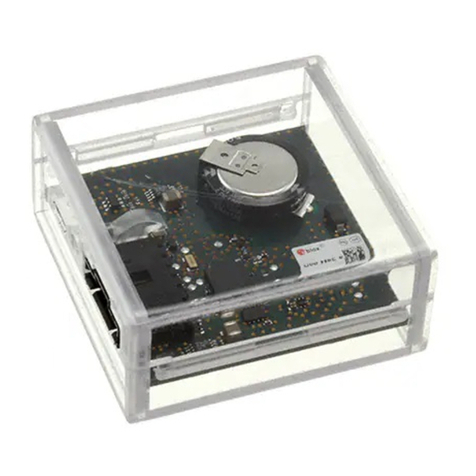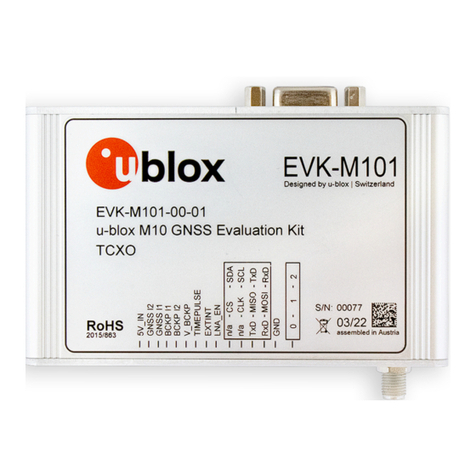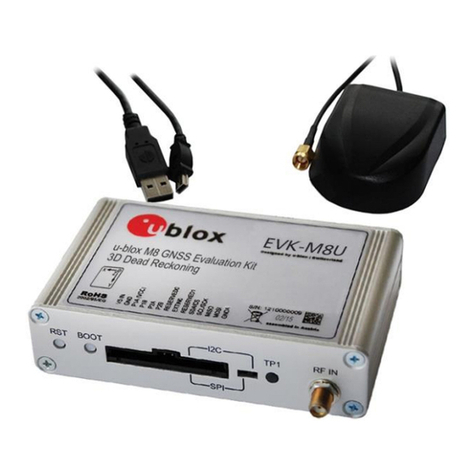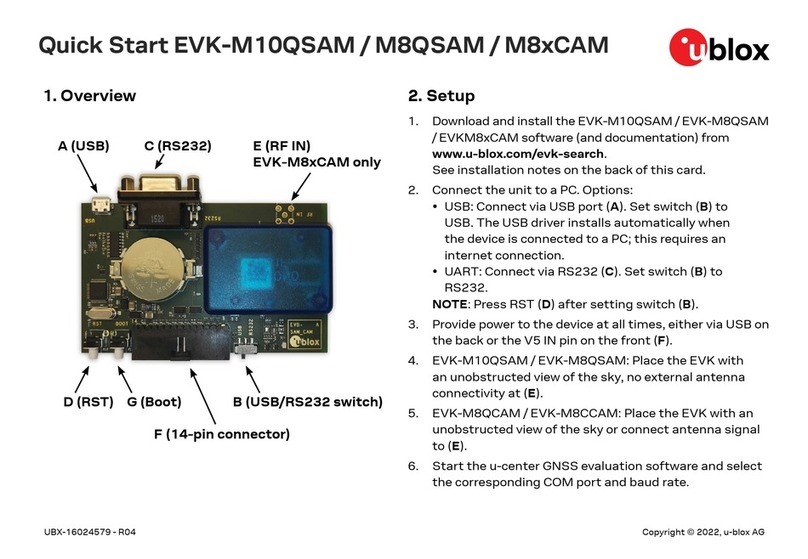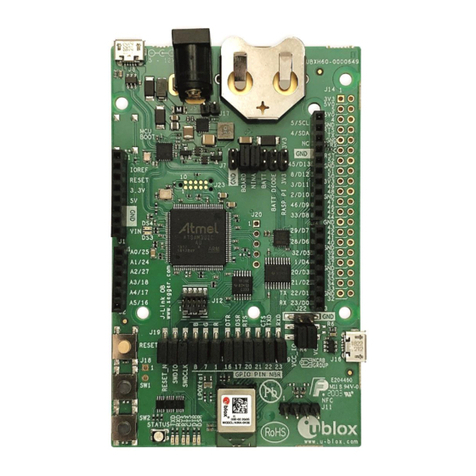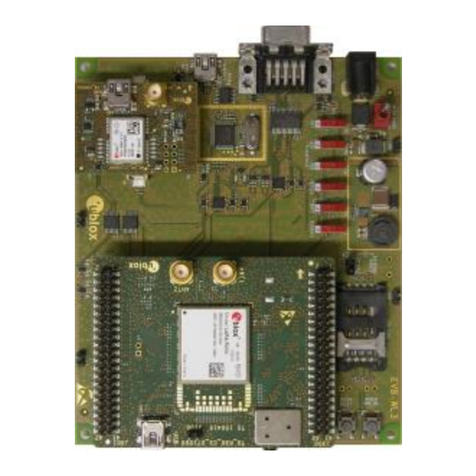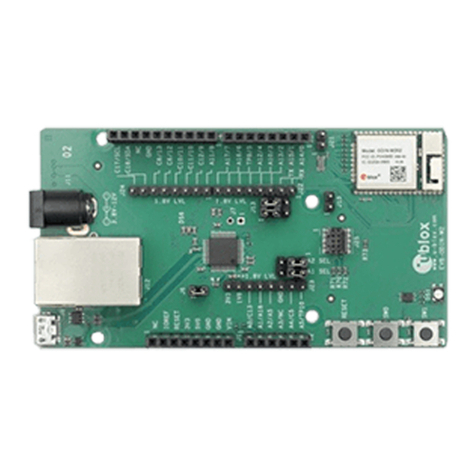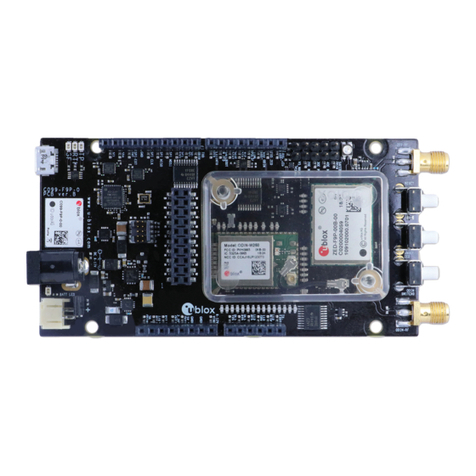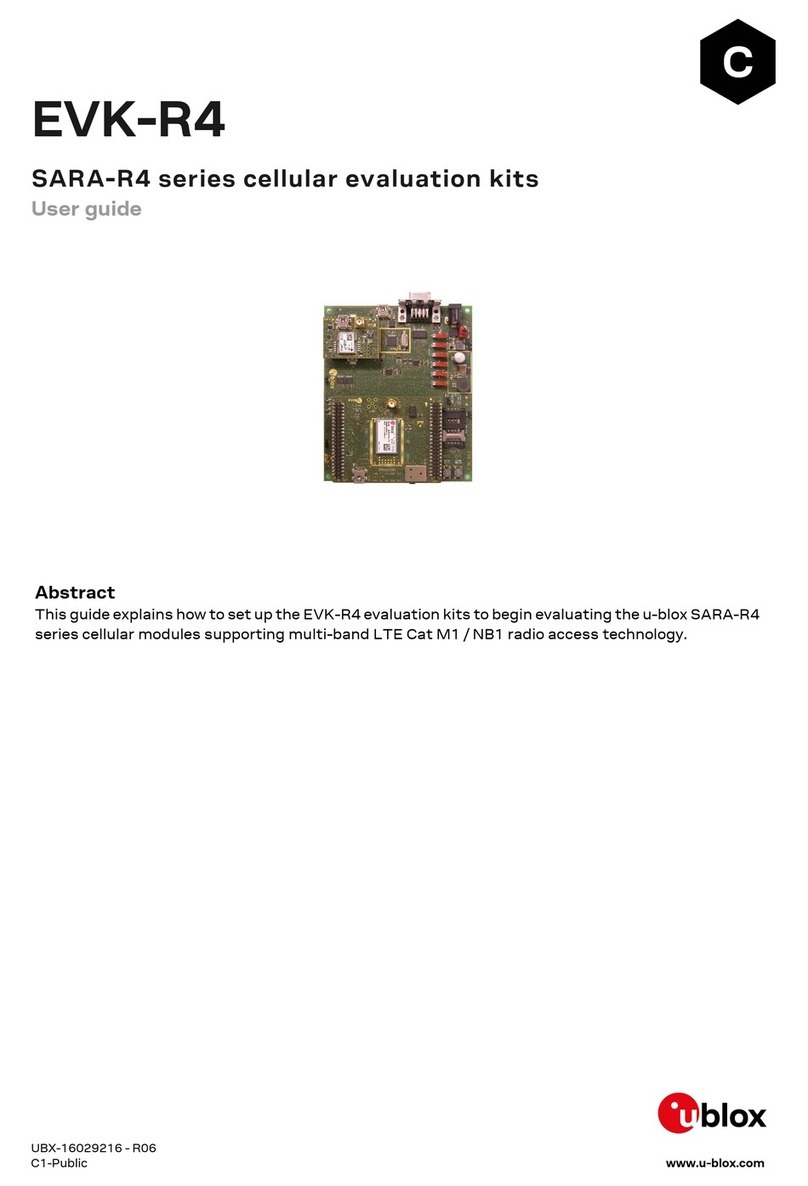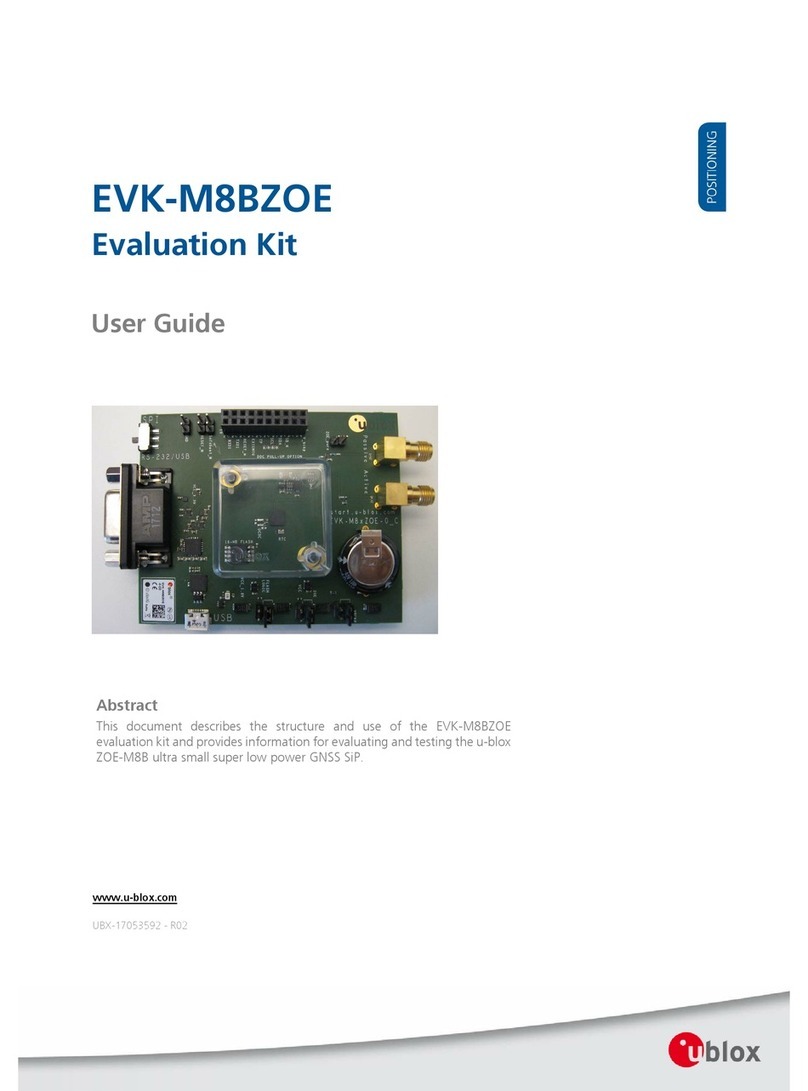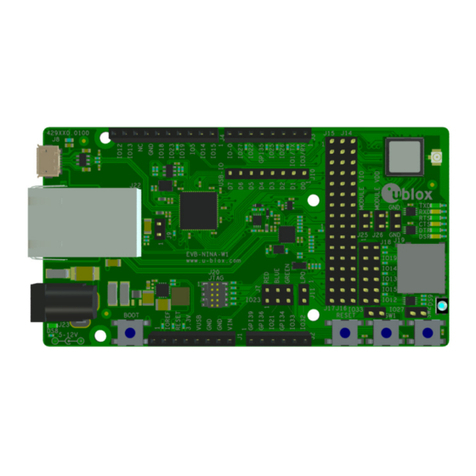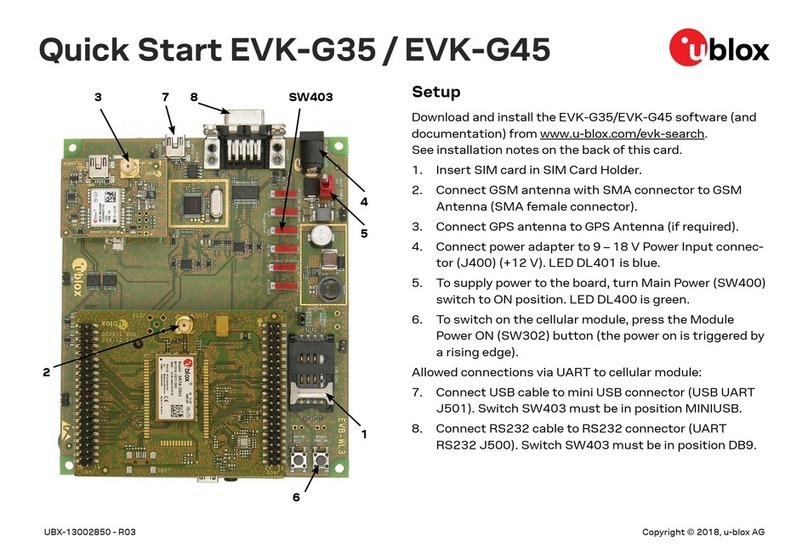
EVK-JODY-W3 - User guide
UBX-20030840 - R02 Contents Page 3 of 29
C1 – Public
Contents
Document information .............................................................................................................................2
Contents .......................................................................................................................................................3
1Kit description......................................................................................................................................4
1.1 Overview........................................................................................................................................................4
1.2 Kit includes...................................................................................................................................................6
1.3 Software........................................................................................................................................................7
1.4 System requirements ................................................................................................................................7
2Specifications ......................................................................................................................................8
2.1 Operating conditions..................................................................................................................................8
3Getting started....................................................................................................................................9
4Board description............................................................................................................................. 12
4.1 Block diagram ............................................................................................................................................12
4.2 Overview of jumpers and connectors....................................................................................................12
4.2.1 Jumper conventions ........................................................................................................................14
4.3 Power supply configuration ....................................................................................................................14
4.3.1 Power supply selection ....................................................................................................................16
4.3.2 Input voltage selection ....................................................................................................................17
4.4 PCIe interface.............................................................................................................................................18
4.5 SDIO interface............................................................................................................................................18
4.6 Bluetooth UART interface .......................................................................................................................19
4.7 Bluetooth audio interface........................................................................................................................20
4.8 Other interfaces ........................................................................................................................................21
4.9 Bootstrapping............................................................................................................................................21
4.10Antenna interfaces...................................................................................................................................22
4.11LEDs.............................................................................................................................................................24
4.12Schematics.................................................................................................................................................24
Appendix .................................................................................................................................................... 25
AKnown issues..................................................................................................................................... 25
BGlossary .............................................................................................................................................. 26
Related documents ................................................................................................................................ 27
Revision history ....................................................................................................................................... 28
Contact....................................................................................................................................................... 29

